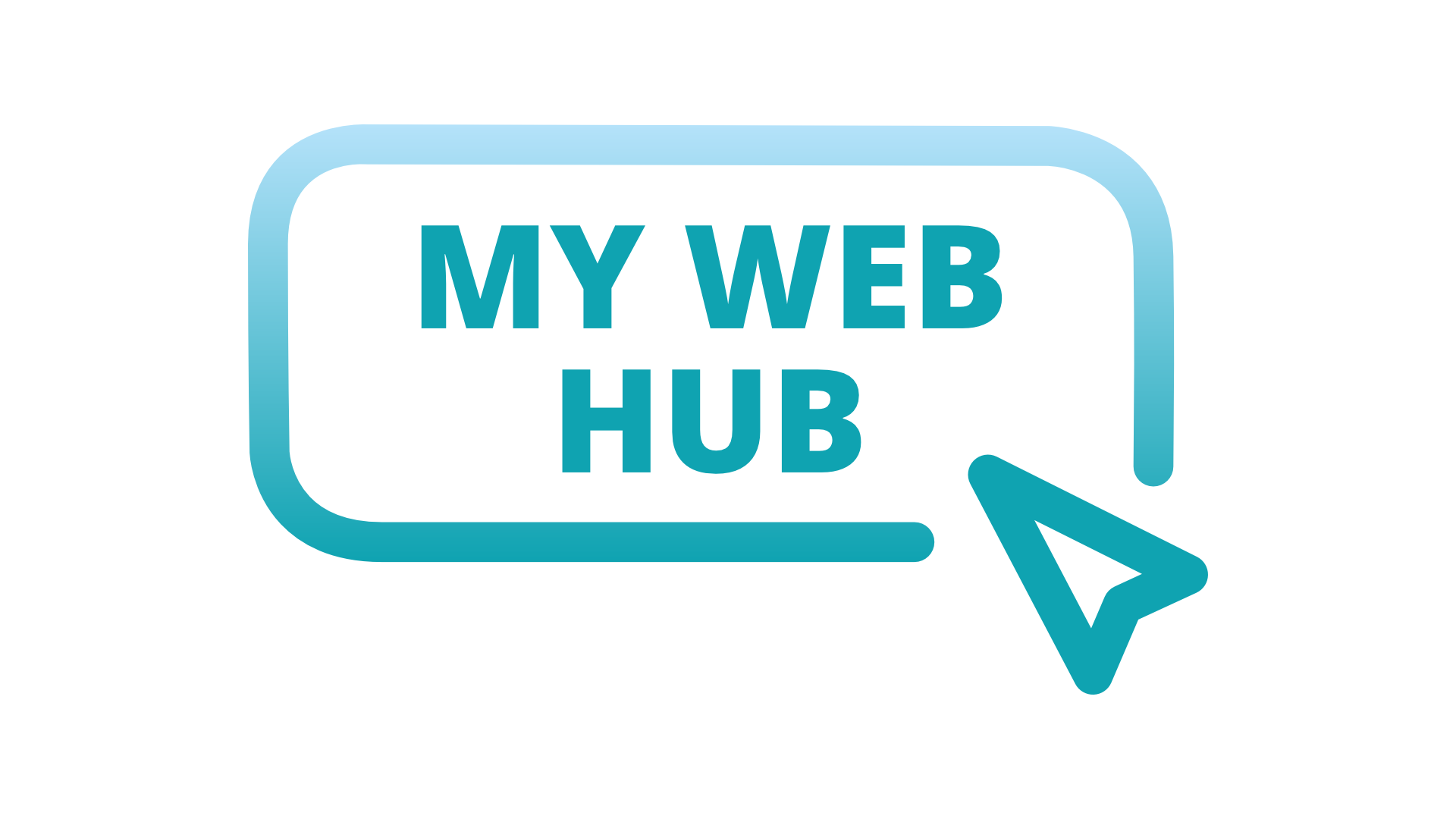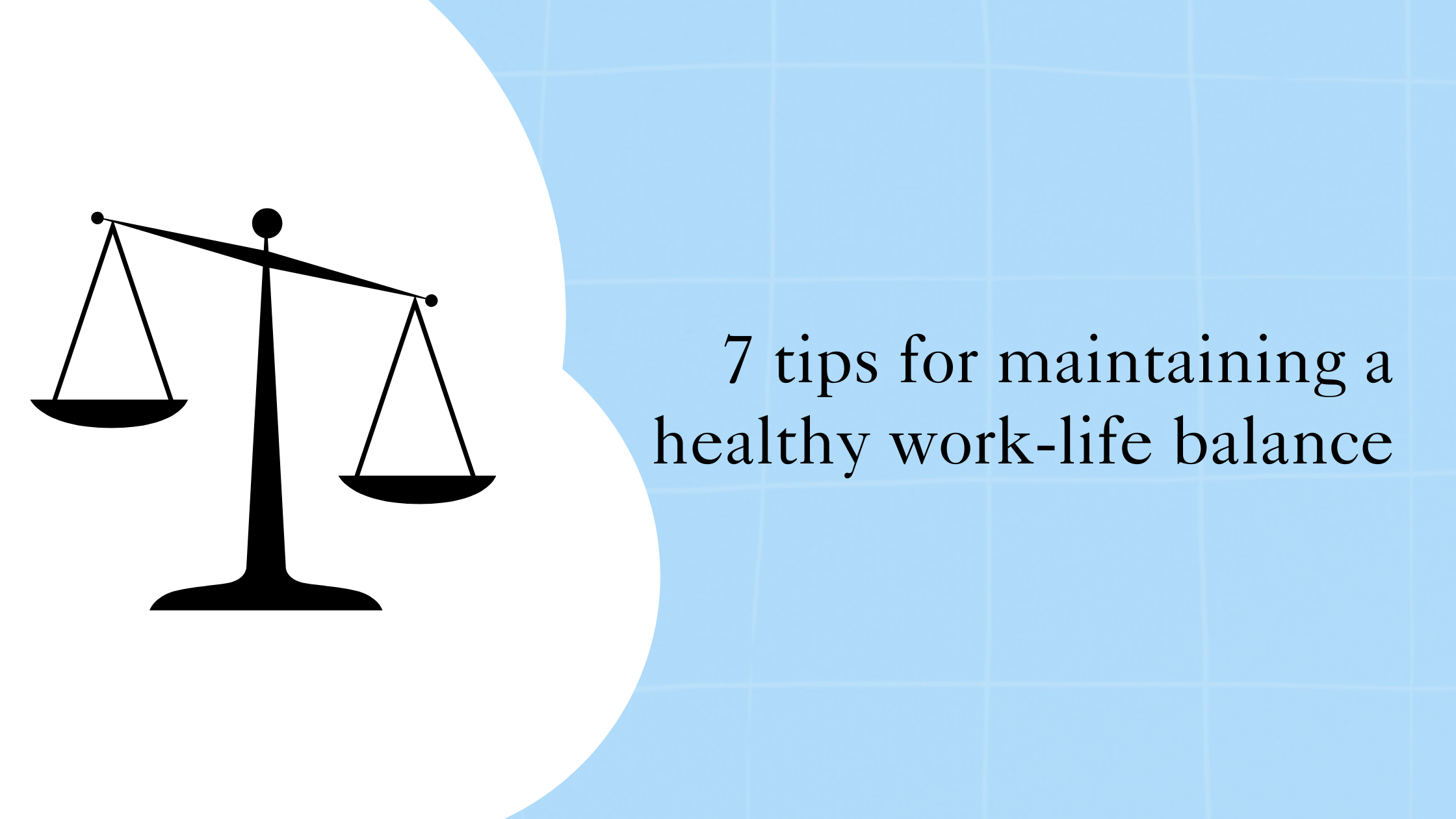In our modern society, where work pressures are often intense, finding a balance between professional and personal life can seem a daunting challenge. Yet maintaining this balance is essential to our overall well-being, mental health and happiness. Here are some practical tips to help you navigate this complex equation and cultivate a fulfilling lifestyle.
1. Define your priorities
Defining your priorities is the crucial first step towards a successful work-life balance. It involves becoming aware of what really matters to you, and committing yourself to putting these things at the forefront of your life. By clarifying your priorities, you give yourself the tools you need to make informed decisions and invest your time and energy where it matters most to you. This will enable you to cultivate a healthy balance between your professional and personal life, and live a more fulfilling life overall.
Here are a few tips to help you define your priorities clearly and effectively:
Clarify your values : Take time to think about what's really important to you in life. Is it family, health, career, leisure, or other aspects? Identify your core values and make sure your priorities reflect those values.
Example: If you consider family a core value, you might prioritize spending quality time with your loved ones even when your professional schedule is busy.
Set long-term goals : Define clear, measurable goals in different areas of your life, whether it's your career, relationships, health or leisure. These goals will help you focus your actions and make decisions in line with your priorities.
Example: If your long-term objective is to maintain a harmonious work-life balance, you could make it a priority to dedicate a certain number of hours a week to activities outside work..
Learn to say no : Don't overload your schedule by accepting every request that comes your way. Learn to say no to commitments that don't match your priorities or that could compromise your life balance.
Example: If a request for extra work interferes with your quality time with your family, consider declining the request or negotiating more reasonable deadlines.
2. Setting limits
Setting clear boundaries between your professional and personal life is essential to maintaining a healthy balance. This means defining guidelines for your time, energy and commitments to preserve your overall well-being. By setting clear boundaries, you protect yourself against the risk of work overload and ensure that your professional life does not encroach excessively on your personal life. This will help you preserve your mental and emotional well-being, and maintain a healthy balance between your different spheres of life.
Here's how you can set effective limits:
Establish regular working hours Set specific times when you are available to work, and stick to them as far as possible. Avoid excessively extending your working day beyond these agreed hours, except in emergencies.
Example: If you work from 9 a.m. to 5 p.m., make sure you don't reply to work e-mails outside these hours, except in exceptional circumstances.
Learn to say no to non-essential overtime : Although working late occasionally may be necessary, avoid working overtime on a regular basis to the detriment of your personal life. Set clear limits on the amount of overtime you're willing to work each week.
Example: If you've decided to limit overtime to one evening a week, stick to this limit and refuse any additional requests that might compromise your balance.
Protect your personal time : Set aside time in your schedule for activities and commitments outside work that are important to you, whether it's spending time with your family, pursuing a hobby, or simply relaxing.
Example: Block off certain evenings of the week for personal activities, and refuse to change them unless absolutely necessary.

3. Organize your schedule
Organizing your time effectively is crucial to maximizing your productivity at work while preserving time for your personal life. By organizing your schedule effectively, you'll be able to manage your professional and personal responsibilities in a more balanced and harmonious way. This will enable you to maximize your productivity at work while preserving time for the activities that enrich your life outside work.
Here are some strategies to help you organize your schedule to balance your professional and personal obligations:
Use a calendar or planner : Keep track of your business appointments, deadlines and personal commitments by using an electronic calendar or paper planner. This will enable you to visualize your overall schedule and plan your days efficiently.
Example: Use a digital calendar such as Google Calendar to record all your business and personal appointments, and synchronize it with your devices for easy access.
Prioritize your tasks : Identify the most important and urgent tasks on your to-do list and focus on them first. This will help you maximize your efficiency and avoid feeling overwhelmed by the volume of work.
Example: Use the time management technique known as the “Eisenhower Matrix” to rank your tasks according to importance and urgency, then act accordingly.
Allocate time for breaks and recovery : Take regular breaks to rest and recharge your batteries. These breaks will help you maintain your concentration and productivity throughout the day.
Example: Plan a 10-15 minute break every 90 minutes of work to stretch, have a snack or simply disconnect for a short while.
Be realistic in your time estimates : Avoid overloading your schedule by planning too many activities or tasks for one day. Be realistic about the time needed to accomplish each task, and leave yourself enough leeway to deal with the unexpected.
Example: When planning your day, leave a buffer time between different activities to allow for possible delays or unexpected interruptions.

4. Practicing flexibility
Flexibility is a key skill for maintaining a healthy work-life balance in a constantly changing world. Being flexible enables you to adapt to changing circumstances and priorities while preserving your well-being. By practicing flexibility, you empower yourself to successfully navigate life's challenges and opportunities while maintaining a healthy balance between your professional and personal life. This will enable you to live a more fulfilling and rewarding life as a whole.
Here's how you can practice flexibility in your daily life:
Accept that balance fluctuates : Understand that work-life balance is not always static, and can vary according to the demands of the moment. Be ready to adjust your priorities and schedule according to circumstances.
Example: If an urgent professional project comes up, accept that you'll have to devote more time to work during this period, but then plan moments of recuperation to rebalance your life.
Be open-minded : Be open to new ideas, different perspectives and opportunities, both professionally and personally. Mental flexibility will enable you to find creative solutions to the challenges you face.
Example: If your company offers flexible working hours, consider experimenting with different options, such as telecommuting or staggered working hours, to find out what works best for you.
Plan for regular adjustments: Regularly review your priorities and schedule to ensure they remain aligned with your long-term goals and changing needs. Be ready to make adjustments when necessary.
Example: If you notice that your professional life is chronically taking precedence over your personal life, take the time to reassess your professional commitments and delegate certain tasks if possible.
Be easy on yourself : Give yourself compassion and kindness when things don't go as planned. Accept that you can't control everything and that you may sometimes need to compromise.
Example: If you miss an opportunity to attend a family event due to an unforeseen work obligation, remember that this is part and parcel of modern life, and that you can always find other ways to connect with your loved ones.

5. Invest in your well-being
Taking care of your physical and mental well-being is essential to maintaining a healthy work-life balance. By investing in your well-being, you strengthen your ability to cope with stress and cultivate a fulfilling lifestyle. By investing in your well-being, you strengthen your resilience in the face of life's challenges and create a solid foundation for maintaining a healthy work-life balance. Take care of yourself and make sure you integrate wellness practices into your daily routine to cultivate a more fulfilling and balanced life.
Here are a few ways to invest in your well-being:
Put your physical health first : We're talking about a balanced diet, regular exercise and getting enough sleep every night. Take care of your body so that it can function to its full potential.
Example: Build exercise sessions into your schedule, whether by playing a sport, going for a walk or taking a fitness class, and prepare healthy meals in advance to avoid unhealthy food temptations.
Practice stress management : Learn stress management techniques such as deep breathing, meditation and yoga to help you stay calm and centered, even under pressure. Find ways to relax and release accumulated tension.
Example: Set aside a few minutes each day to practice meditation or progressive muscle relaxation, or take regular breaks to go for a short walk outside and clear your head.
Cultivate positive social relationships : Nurture your relationships with friends, family and colleagues by investing time and energy in these ties. Share your experiences, emotions and successes with others to strengthen your social support.
Example: Organize regular social activities with your loved ones, whether it's dinners with friends, family outings, or board game nights, to strengthen emotional bonds and create precious memories.
Make time for yourself : Take time out regularly to recharge your batteries and do things you enjoy, whether it's reading a book, listening to music or taking up a hobby. Make your well-being a priority.
Example: Block out time in your schedule for activities you enjoy, whether it's a solo movie night, a painting session, or a nature getaway, and protect this time as you would an important meeting.

6. Disconnect regularly
In a world where technology keeps us constantly connected, it's crucial to take regular breaks to unplug and disconnect from work. This preserves our mental health, reduces stress and promotes a better work-life balance. By taking regular breaks to disconnect, you allow your mind and body to rest and regenerate, enabling you to return to your professional responsibilities with renewed energy and a refreshed outlook. Get into the habit of disconnecting regularly to preserve your balance and long-term well-being.
Here are some strategies for disconnecting regularly:
Set technological limits : Set clear limits on the use of digital technologies, especially work-related devices such as smartphones and laptops. Define time slots when you won't be checking work e-mails or answering work calls.
Example: Turn off your phone's notifications outside working hours and set up a “screen-free hour” before bedtime to promote quality sleep.
Plan moments of disconnection : Integrate regular periods of disconnection into your schedule to allow you to recharge and relax without external interruptions. Choose activities that allow you to fully disconnect from your professional responsibilities.
Example: Plan an outdoor weekend getaway where you leave your cell phone at home to enjoy nature and the company of your loved ones.
Practice mindfulness : Adopt mindfulness practices such as meditation, mindful walking or creative activities to help you ground yourself in the present moment and release accumulated tension. Learn to appreciate small moments of calm and tranquillity.
Example: Take a few minutes each day to sit in silence and observe your breathing, or take a walk in nature, concentrating on the sensations of your body and the sounds around you.
Focus on face-to-face interaction : Encourage face-to-face interactions with your loved ones rather than virtual conversations. Spending face-to-face time with others strengthens social bonds and contributes to your emotional well-being.
Example: Organize regular get-togethers with friends or family, whether to share a meal together, go for a walk or simply chat over a cup of coffee.

7. Engage in rewarding activities
Investing time and energy in activities that nourish your soul and enrich your life outside work is essential to maintaining a healthy balance between your professional and personal life. These activities enable you to develop your full potential and find meaning and satisfaction in your daily life. By engaging in enriching activities outside of work, you nurture your emotional well-being and nourish your soul, allowing you to feel more balanced and fulfilled in your overall life. Take the time to cultivate your passions and invest in activities that bring you joy, satisfaction and a sense of connection with yourself and others.
Here are a few ways to get involved in rewarding activities:
Identify your passions : Think about what excites and inspires you outside work. Whether it's artistic, sporting, cultural or social activities, identify the areas that spark your interest and enthusiasm.
Example: If you like to paint, sign up for art classes or set up a space in your home where you can paint to your heart's content.
Explore new hobbies : Be open to new experiences and explore activities you've never tried before. Let your curiosity and desire to discover new passions be your guide.
Example: If you've always wanted to learn to play a musical instrument, sign up for lessons or start learning online at your own pace.
Strike a balance between social and solitary activities : Vary your activities between moments spent in the company of others and moments of solitude that allow you to recharge your batteries and connect with yourself.
Example: Organize evenings out with friends or family, but also make time for solitary activities that help you relax and refocus, such as reading or meditation.
Prioritize quality over quantity : Find activities that bring you true satisfaction and a sense of fulfillment, rather than simply filling your free time. Invest your energy in activities that allow you to achieve your full potential.
Example: Rather than dispersing yourself in multiple hobbies, concentrate on a few that really excite you, and deepen your skills and commitment in these areas.

In the hustle and bustle of our busy lives, it's sometimes difficult to juggle the demands of work and personal desires. Yet at the heart of this juggling act lies a challenge that can also be a source of fulfillment: finding a balance that allows us to feel fully alive in all aspects of our existence.
Finding this balance is not a list of rules to follow, but rather a personal journey, an exploration of ourselves and our changing priorities. It's a fluid balance, sometimes unstable, but always in motion.
It's by listening to our hearts, honoring our needs and respecting our limits that we can move towards this balance. It's by embracing flexibility, showing compassion for ourselves and deliberately choosing the moments when we disconnect that we cultivate a space where our well-being can flourish.
So, in this perpetual quest for balance, remember to breathe, savour life's little pleasures, and choose wisely where you invest your time and energy. For it is in these moments of presence, gratitude and empowerment that the true richness of human existence lies.
In the end, whether at work or at play, whether alone or in the company of others, whether in action or in rest, whether in highs or lows, let's always remember that the key to our balance lies within ourselves.
Want to know more? Here are some links you might find useful
Articles
10 Steps to Achieving Work-Life Balance - equitable
The "Myth" of Work-Life Balance - Monster
Work-life balance: What does it mean and how do we achieve it? - Ottawa University
Videos
The RIGHT Way to Do Work-Life Balance | Simon Sinek
3 rules for better work-life balance | The Way We Work, a TED series
Workplace Mental Health - all you need to know (for now) | Tom Oxley | TEDxNorwichED
If you would like to discover more content on personal and professional development, please click on this link to access other similar articles.

